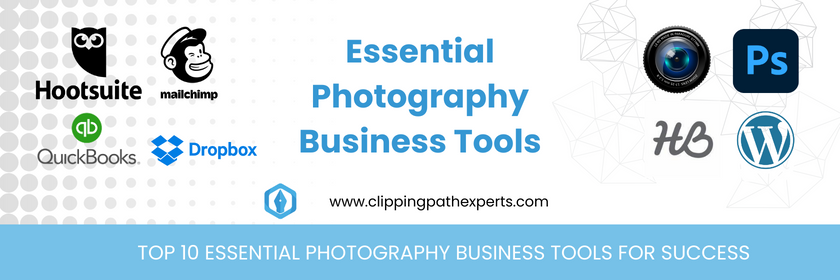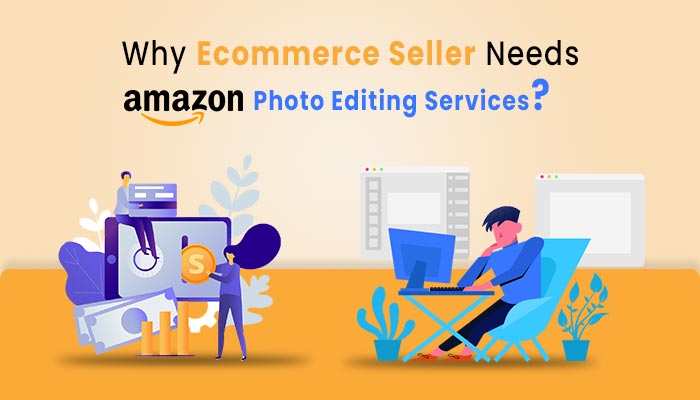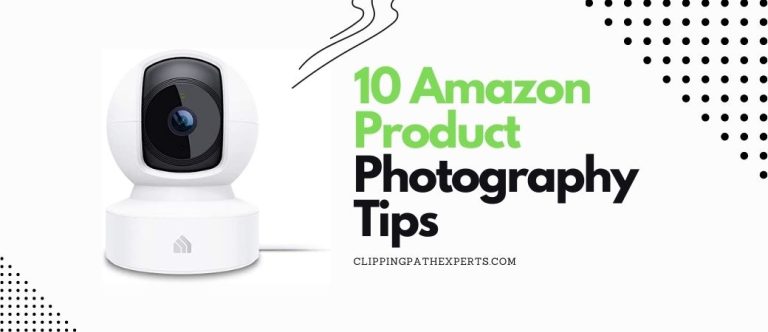In the fiercely competitive realm of professional photography, the combination of artistic vision and technical expertise alone is not enough to succeed. Today, a photographer’s toolkit extends far beyond the camera and lenses. It includes a sophisticated array of tools designed to streamline workflows, enhance creativity, and manage the multifaceted aspects of a photography business.
In this comprehensive exploration, we will delve into each of the top 10 essential photography business tools, unraveling the depth of their functionalities and the impact they can have on scaling a photography business to new heights.
Camera and Lenses: The Foundation of Photography
A. Camera Selection: The first point of contact with any photography business is the camera. Investing in a camera tailored to your niche is essential. High-end options from Canon, Nikon, and Sony provide a range of features, from high-resolution sensors for studio work to durable builds for outdoor adventures.
B. Versatile Lenses: Beyond the camera body, a diverse lens collection is a photographer’s artistic arsenal. Prime lenses for sharpness, zoom lenses for flexibility, and specialty lenses for creative effects ensure adaptability across a spectrum of shooting scenarios.
Editing Software: Polishing Your Craft
A. Adobe Lightroom: A powerhouse for post-processing, Lightroom combines non-destructive editing with an intuitive interface. Its vast array of tools empowers photographers to enhance colors, correct exposure, and maintain a consistent aesthetic across their entire body of work.
B. Adobe Photoshop: Taking creativity to the next level, Photoshop provides advanced retouching and manipulation capabilities. From removing imperfections to crafting intricate visual effects, Photoshop is indispensable for photographers pushing the boundaries of their craft. Some photographers outsource photo editing services from professionals for better quality images.
Client Management Systems: Organizing Your Business
A. HoneyBook: Beyond capturing the perfect shot, managing client relationships is crucial. HoneyBook streamlines client communication, contract creation, and payment processing. Its automated features free up time, allowing photographers to focus more on capturing moments.
B. ShootQ: Another powerhouse in client management, ShootQ provides lead tracking, workflow automation, and integrated invoicing. This tool ensures that photographers can maintain an organized and efficient business operation, from initial inquiry to project completion.
Online Portfolio Platforms: Showcasing Your Work
A. Squarespace: Crafting an online presence is essential for attracting clients. Squarespace’s user-friendly interface and visually appealing templates empower photographers to create professional portfolios without the need for extensive web development skills.
B. WordPress: For those desiring more customization, WordPress offers a powerful platform with numerous themes and plugins. It allows photographers to build a unique and tailored online presence, reflecting their brand identity.
Social Media Marketing Tools: Amplifying Your Reach
A. Hootsuite: Social media is a dynamic marketing avenue. Hootsuite enables photographers to schedule posts, track engagement, and manage multiple accounts from a centralized dashboard. It’s a time-saving tool for maintaining a consistent online presence.
B. Buffer: Similar to Hootsuite, Buffer simplifies the process of scheduling posts, analyzing performance metrics, and maintaining a cohesive social media strategy. It’s a key asset for photographers looking to amplify their reach.
Email Marketing Platforms: Nurturing Client Relationships
A. Mailchimp: Beyond the initial project, maintaining client relationships is key. Mailchimp’s user-friendly interface facilitates the creation of visually appealing email campaigns, segmented audience targeting, and automated communication, nurturing client relationships over time.
B. Constant Contact: With customizable templates and contact management tools, Constant Contact facilitates targeted email marketing campaigns. It’s a powerful tool for photographers looking to stay connected with clients and prospects.
Financial Management Software: Keeping Finances in Focus
A. QuickBooks: Managing finances is a critical aspect of any business. QuickBooks simplifies accounting tasks, tracks expenses, and generates financial reports, providing a comprehensive overview of the business’s financial health.
B. FreshBooks: Tailored for freelancers and small businesses, FreshBooks offers cloud-based accounting software with features like invoicing, expense tracking, and time management. It’s a user-friendly solution for financial management.
Backup and Storage Solutions: Protecting Your Assets
A. Dropbox: In a digital era, safeguarding data is paramount. Dropbox offers cloud storage, ensuring access to files from anywhere and facilitating seamless collaboration. Its versioning feature acts as a safety net against accidental changes.
B. Google Drive: With integration into other Google services, Google Drive is a reliable option for storing and sharing photos. Its collaborative capabilities make it easy to work on projects with clients or team members, ensuring data integrity.
Project Management Tools: Streamlining Workflows
A. Trello: Managing multiple projects and deadlines requires a systematic approach. Trello’s visual organization using boards, lists, and cards helps photographers track tasks, manage shoots, and collaborate with clients or assistants.
B. Asana: Focused on team collaboration, Asana allows photographers to create projects, assign tasks, and set deadlines. The calendar view provides a clear overview of upcoming shoots and client deliverables, facilitating efficient workflow management.
Education and Learning Platforms: Continuous Improvement
A. Skillshare: Photography is an ever-evolving field. Skillshare offers a vast library of courses, including photography tutorials. Photographers can use this platform to enhance their skills, learn new techniques, and stay updated on industry trends.
B. KelbyOne: Specializing in photography and Adobe software training, KelbyOne provides in-depth courses taught by industry experts. It serves as a valuable resource for photographers seeking continuous improvement and staying at the forefront of industry advancements.
Print and Product Ordering Platforms: Monetizing Your Craft
A. Printful: Monetizing your photography goes beyond digital platforms. Printful allows photographers to create and sell custom prints, merchandise, and other products directly through their website. Integrating seamlessly with e-commerce platforms, it opens up additional revenue streams for photographers.
B. WHCC (White House Custom Colour): For photographers who prefer a hands-on approach to print fulfillment, WHCC offers professional-grade printing services. From fine art prints to albums, WHCC ensures that the quality of the printed work matches the excellence of the captured images.
Legal Contract and Release Form Generators: Protecting Your Business
A. TheLawTog: In the photography business, clear contracts and release forms are essential to protect both the photographer and the client. TheLawTog provides customizable legal templates specifically tailored for photographers, ensuring that contracts are comprehensive and legally sound.
B. Shake by LegalShield: Offering a range of legal documents, including contracts and release forms, Shake by LegalShield simplifies the process of creating legally binding agreements. Photographers can customize documents to suit the specifics of their projects, providing a layer of protection for their business.
Conclusion
In a profession where the landscape is constantly evolving, mastering these essential tools can be the differentiator between a struggling business and a thriving one. As technology advances, staying informed about the latest tools and integrating them into your workflow ensures that your photography business remains innovative and excellent.
By leveraging these tools effectively, photographers can not only focus on their passion for creating stunning images but also ensure the seamless operation and growth of their businesses in an ever-competitive market.







